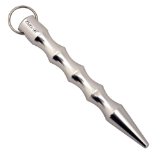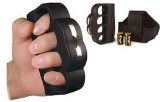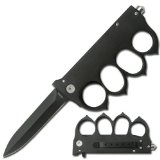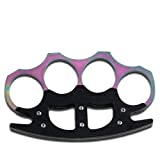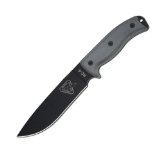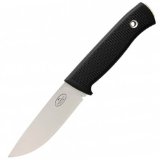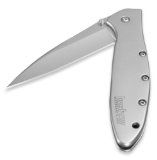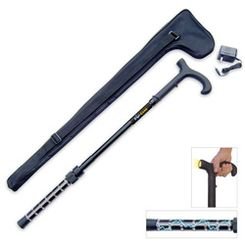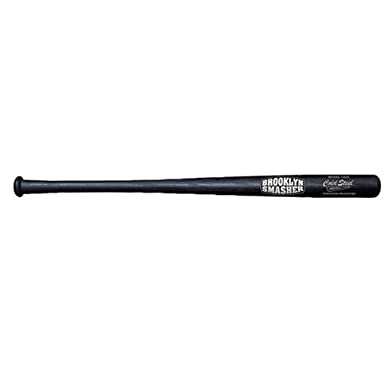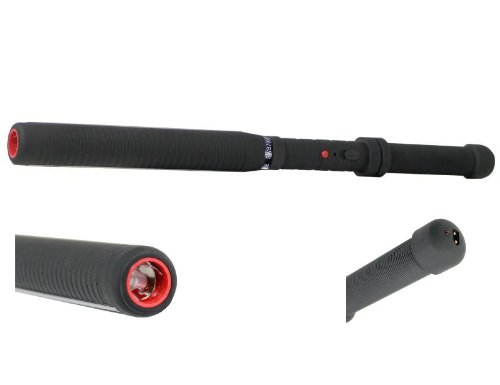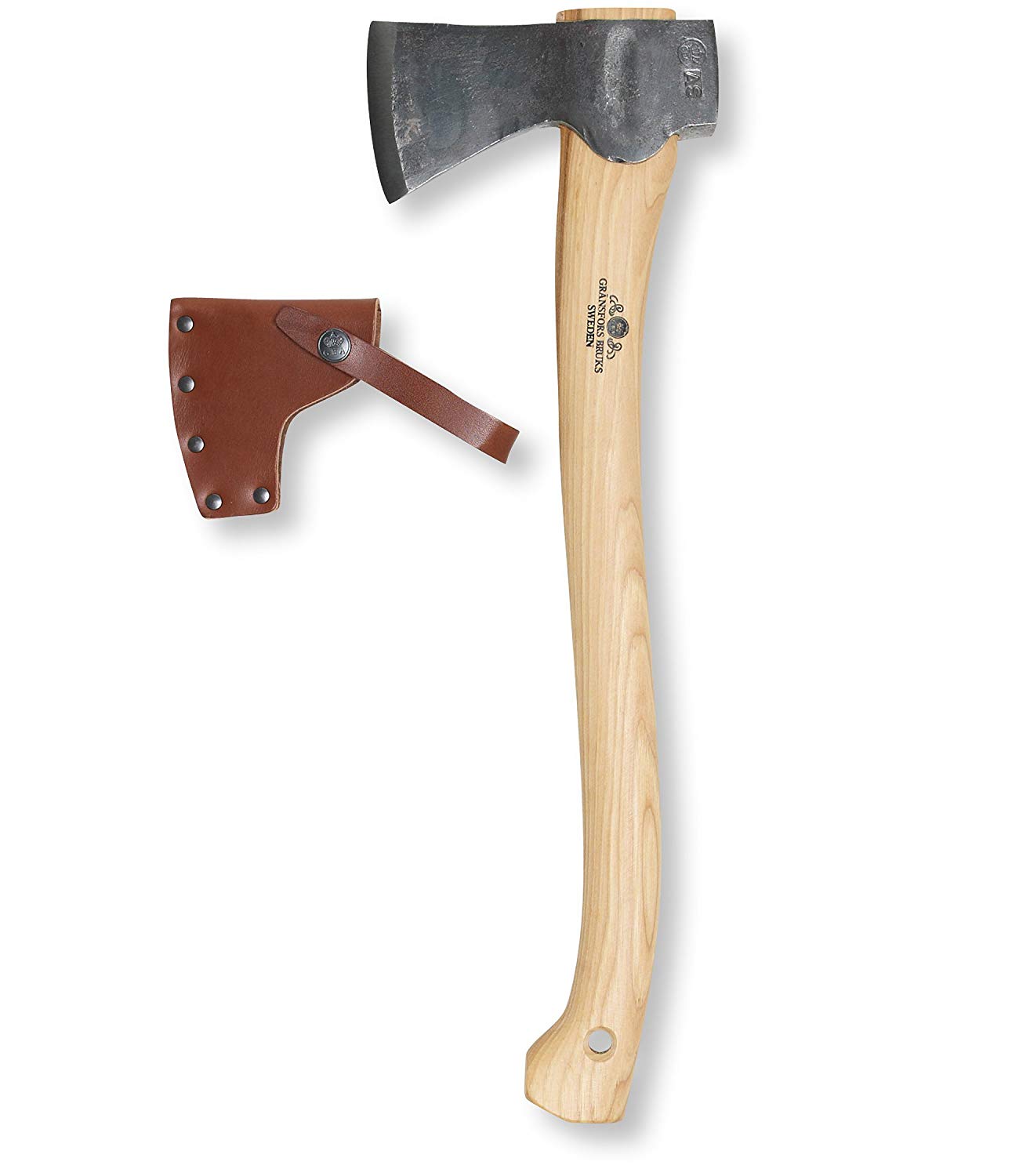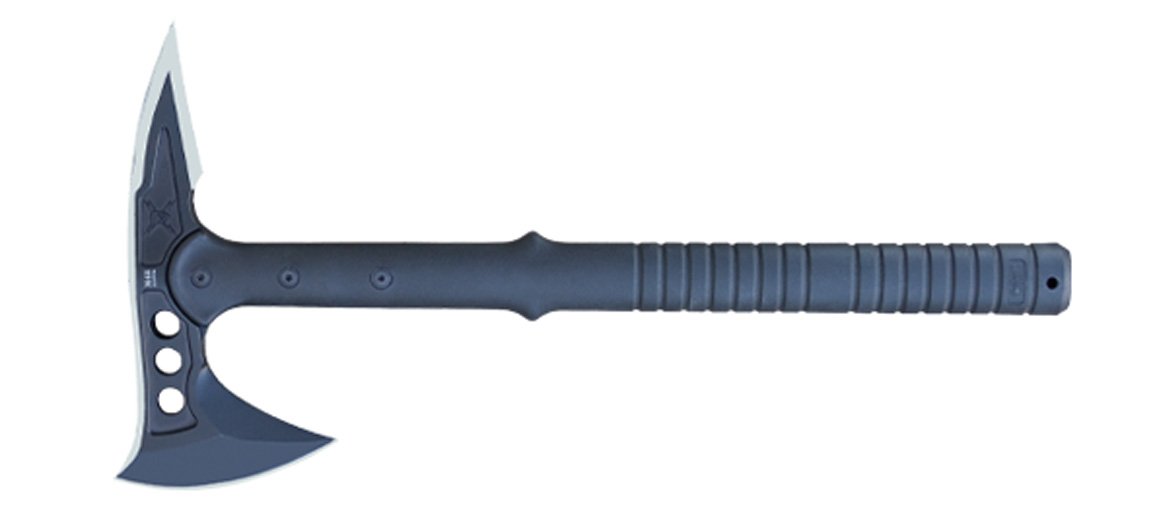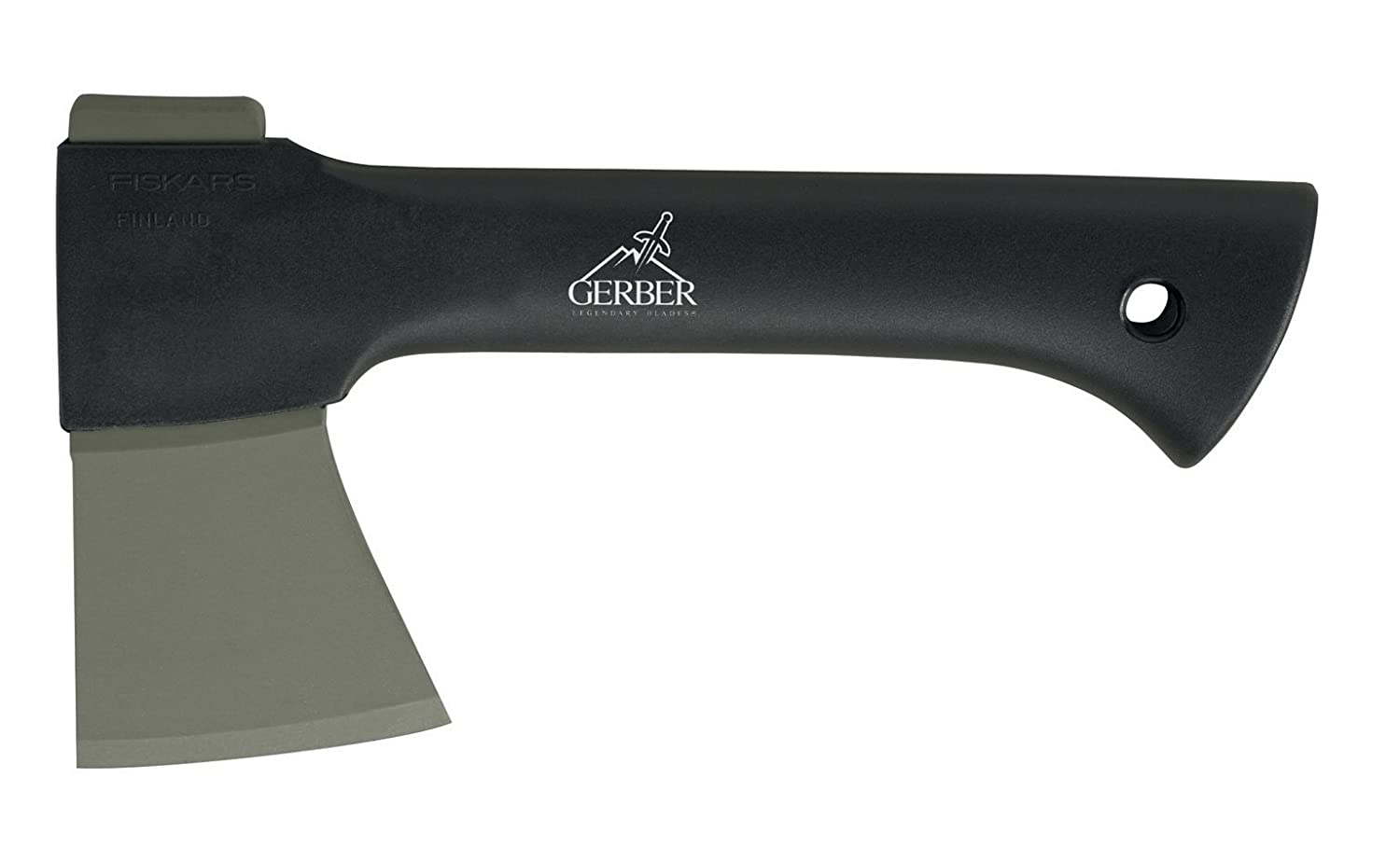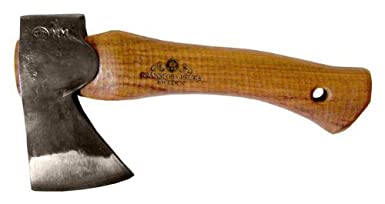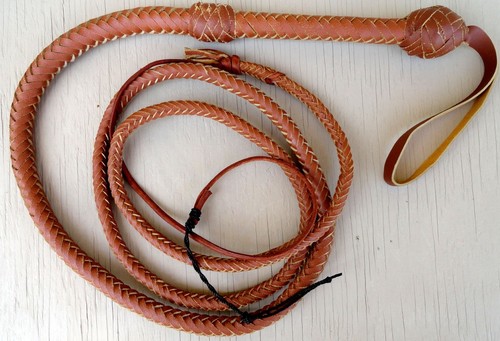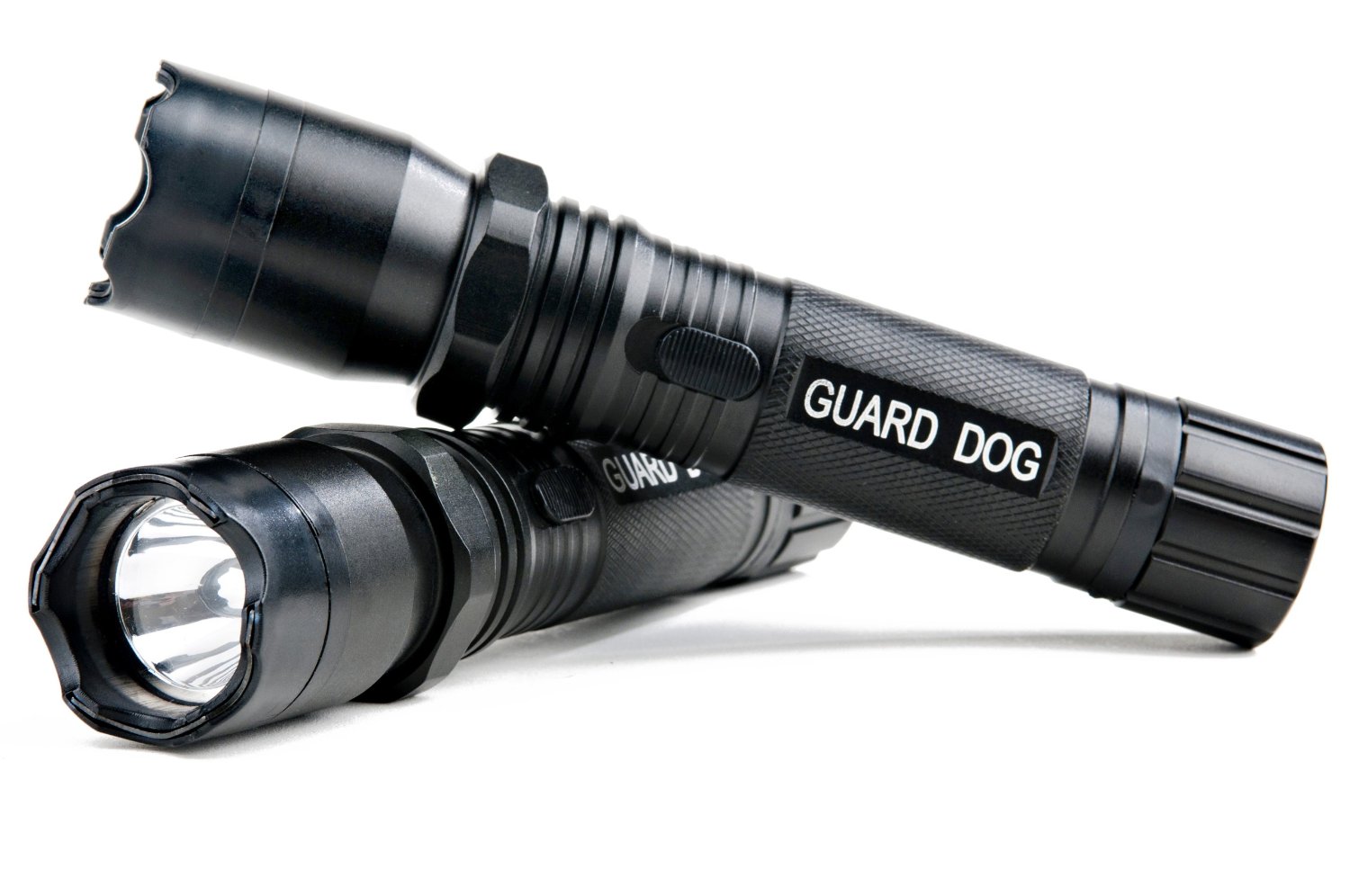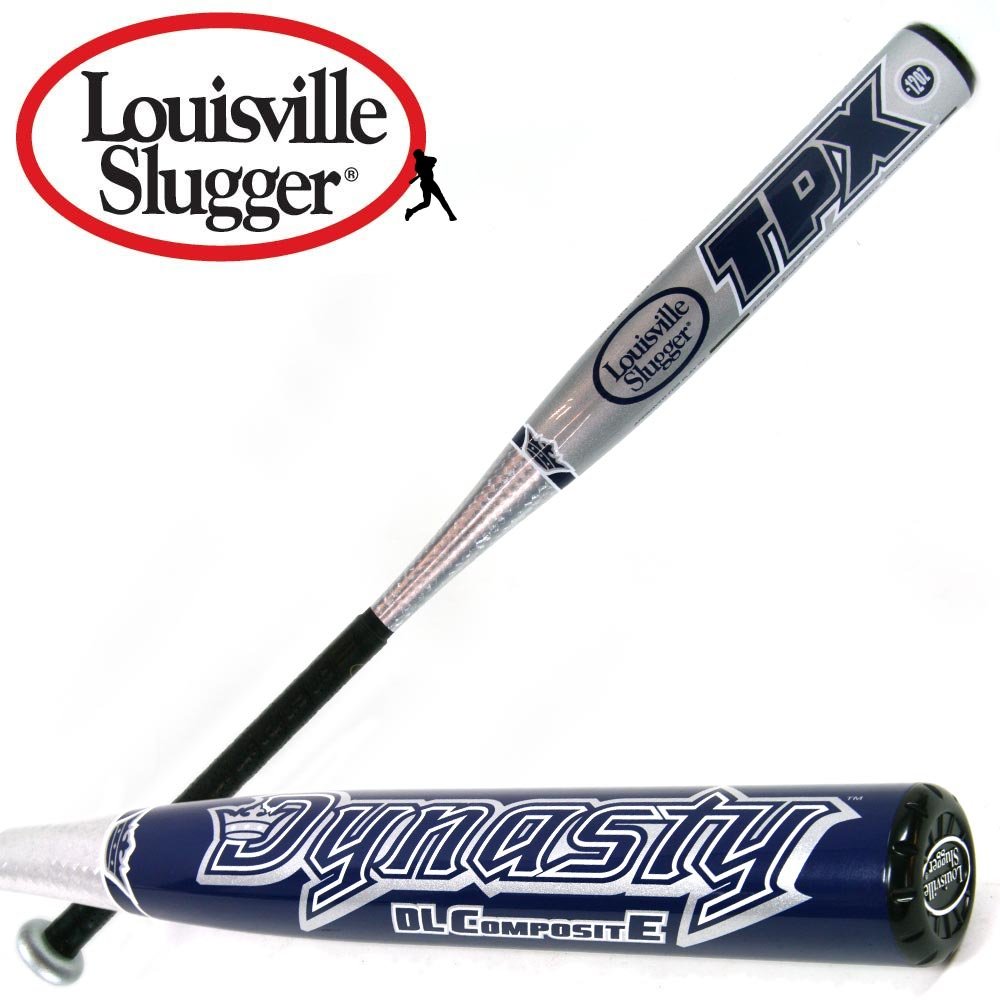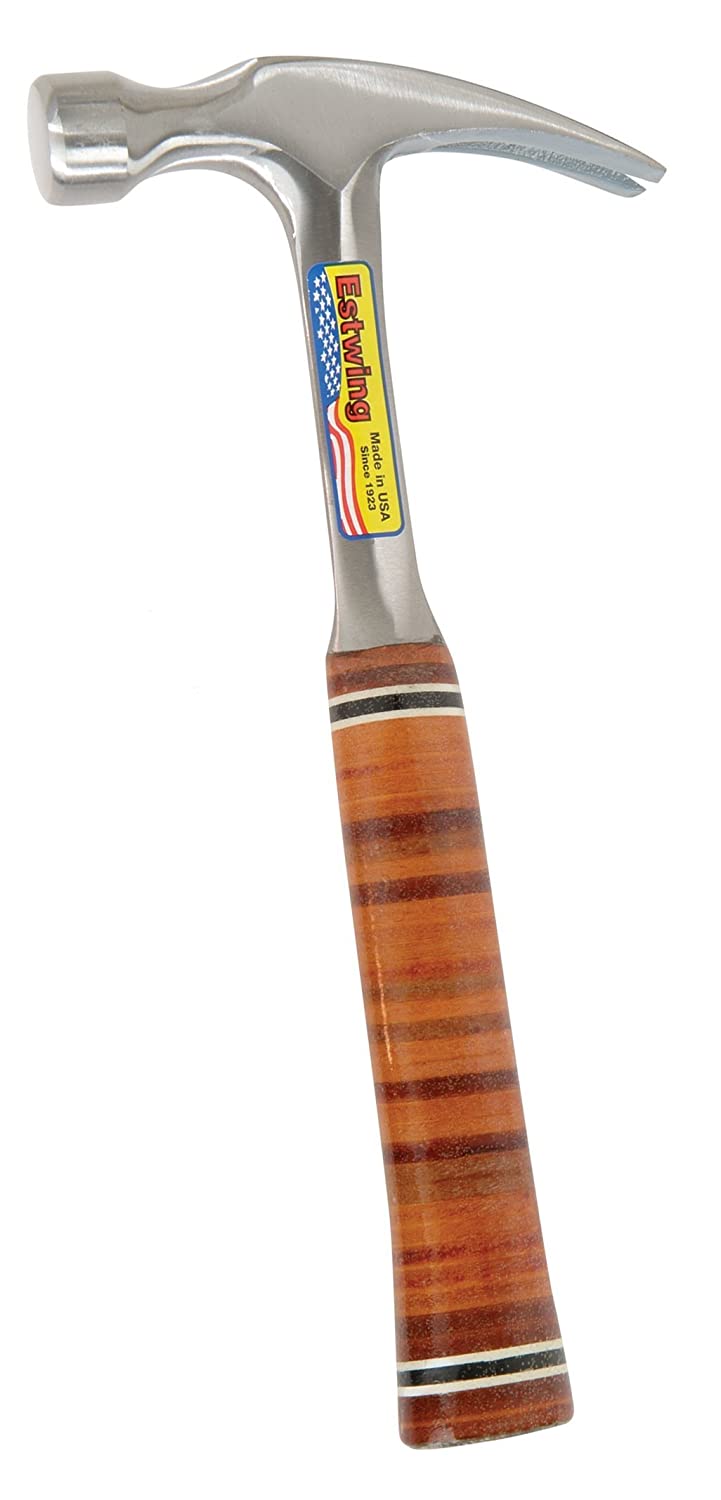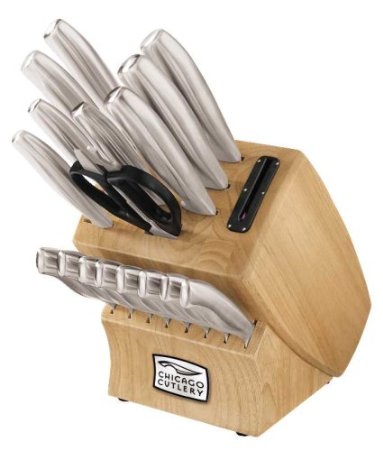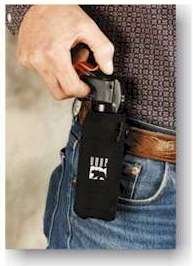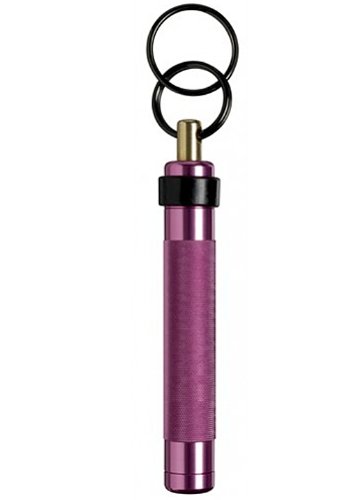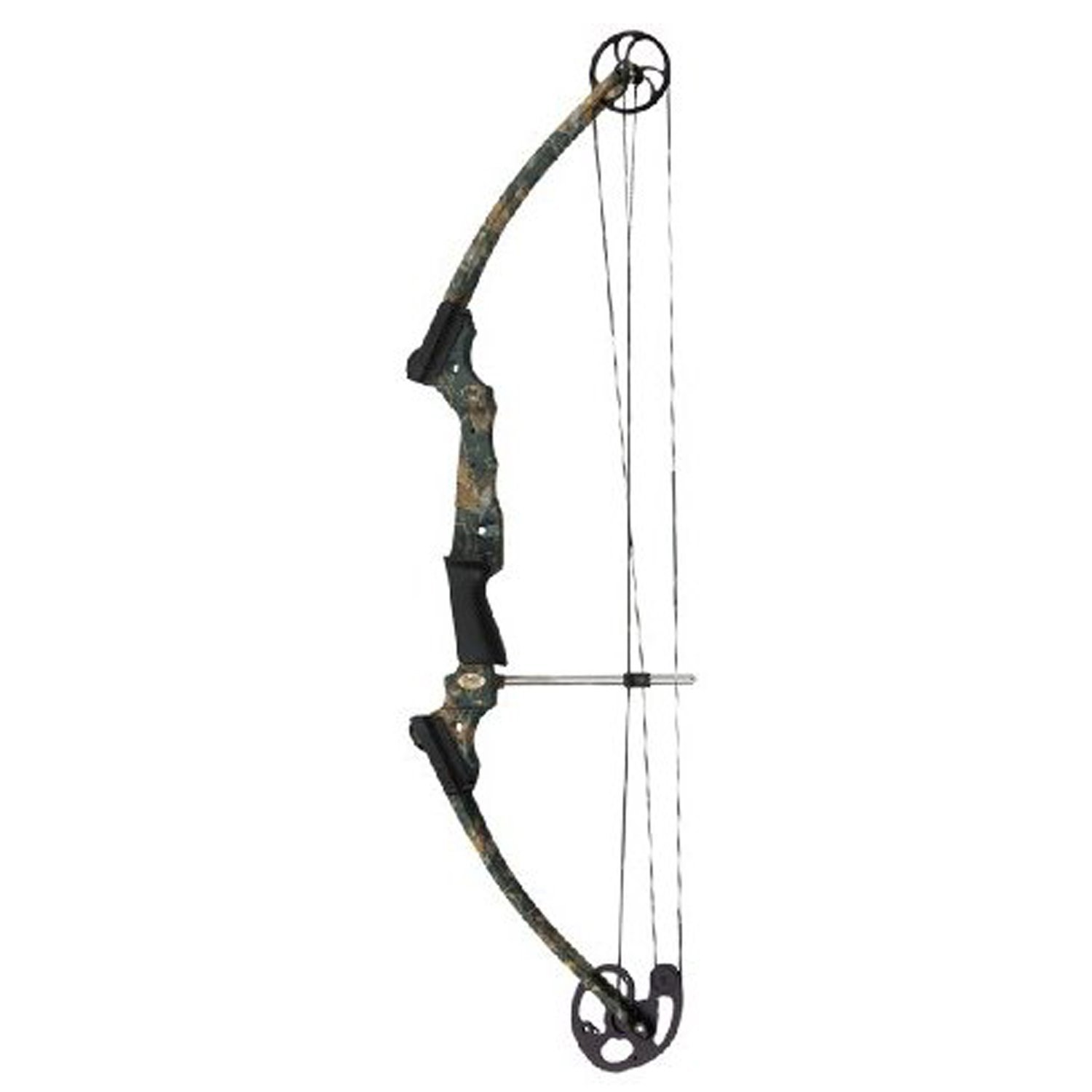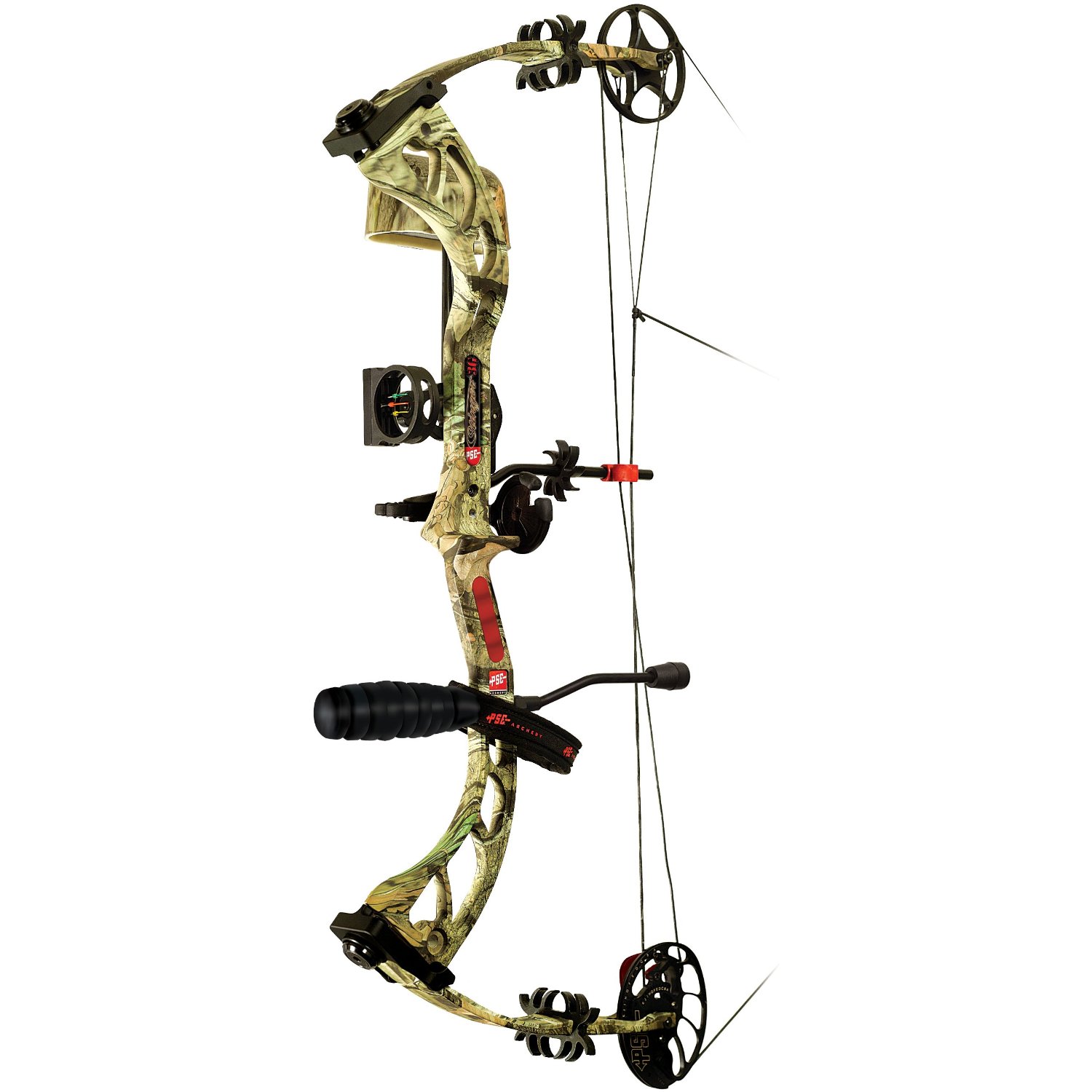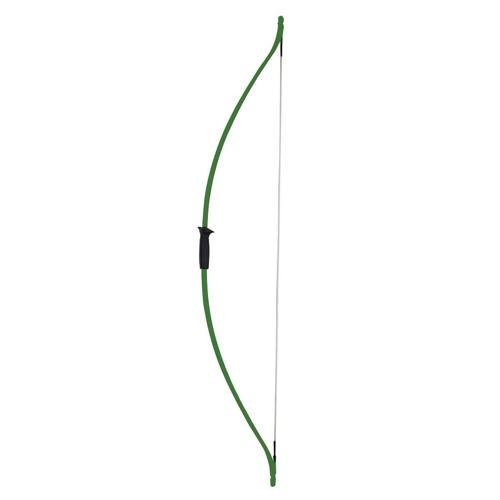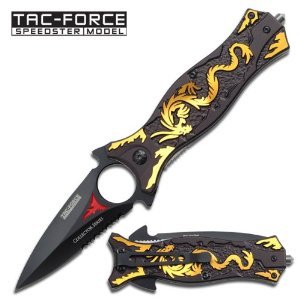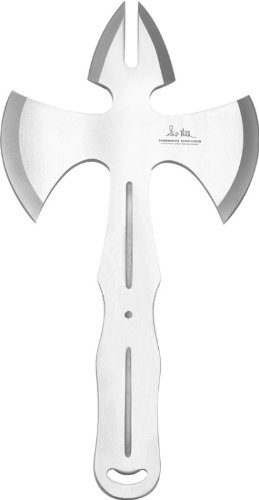Which Self-Defense Weapons is Ideal For You?
If you’ve been thinking about protecting yourself better, then you may be wonder what your options are in terms of self-defense as well as which type of self-defense weapons would work best for you.
Self-defense weapons are only as effective as the person using them. So, it is important for you to be able to choose the most ideal one for you. So, if, for example, you don’t feel comfortable handling a gun, then you probably shouldn’t look into buying a gun. If you’re not confident with your self-defense weapon or tool of choice, you won’t be able to wield it confidently.
In addition, you should look for a type of self-defense tool or weapon that you will actually be able to fit into your lifestyle. If you’re not used to carrying a purse around everywhere, then you probably shouldn’t get a self defense weapon that would need to be carried in a purse because you will probably forget to carry your purse with you and therefore be without your self-defense weapon when you really need it.
With the huge range of weaponry that you can purchase over local stores and online shops, it is really hard to select the one will surely cater to your preferences.The article will help you narrow down your search for the best self-defense weapons in order for you to arrive at a decision that will surely fit your requirements.
First, you will be able to learn and differentiate the general types of weapons. Then, some general tips will be provided that will help you narrow down your search even further.
In addition to finding the best self-defense weapon or tool that will work best for you and your lifestyle, we also highly recommend investing in some self-defense classes. These classes can be a great resource in giving you the confidence needed to protect yourself and your loved ones.
Self-Defense Weapons Types and Categories
Self defense weapons are differentiated into two, the melee and long range types. This part will discuss what these are and the weapons that fall within each category.
Melee Self Defense Weapons
Melee types of weapons are used for close quarter combat (CQC), wherein the opponent is just within a few feet away from the attacker. These types mainly rely on the power, momentum and distance of the attacker from the target.
Here are the common self-defense weapons that fall into this category:
1. Brass Knuckles
Brass knuckles, also known as knuckledusters, are common weapons used to amplify the power of the fist to enable a person to deliver a damaging blow to the aggressor. These have connected metal rings and a base. Each finger of the user is inserted in every metal ring and the base is gripped by the palm to push the metal knuckle forward and to tighten the grip of the holder.
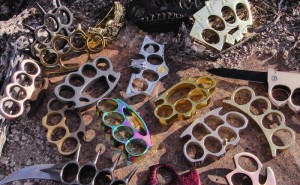
There are some variations introduced to these combat tools to enhance their damage. Among them are sharp tips or blades along the edges. These can serve as handles for other weapons as well, such as knives, blunt objects and even custom made firearms mainly for improving their grips.
Despite being called brass knuckles, these self defense weapons can be made out of different kinds of metals. Presently, steel is used for manufacturing the weapons.
It is advisable to aim for the bony parts of your opponent’s body, especially the sections of the joints, when using brass knuckles to maximize their effectiveness. Avoid punching in the stomach or other parts that have a lot of skin that may cushion the impact of the strike. If used properly, this can definitely injure or even kill.
Here are a few examples of different types of Brass Knuckles:
2. Knives
Knives are self defense weapons equipped with blades with sharp edges and pointed tips. There are so many variations of this weapon class. Among them are the boot knives, bowie knives, butterfly knives, daggers, driving knives, hunting knives, kitchen knives, criss/kris, bayonets and plenty of others.
Knives are used for piercing and slashing. Variations have been introduced for each knife class to add more function and to enhance its damage. Some have double edges, curved blades, serrated edges or saw-like teeth to allow flexibility when fighting as well as enhance their cutting capabilities. Others like the kris have wavy blades to rupture the skin and organs that it comes into contact with during a piercing attack.
Knives can inflict a serious injury to the receiver of the attack because the blades are made to cut through the skin. If the puncture is also deep enough it may cause massive bleeding, hit a nerve or it may rupture an organ. These instances are where knives can prove to be very fatal.
However, knives are known to cause self-injury too due to improper handling or bad grip. So, make sure that you put a tight grip on its handle to avoid slipping your hands into the blade. Alternatively, you can wrap the handle with a piece of cloth to add traction or choose a knife with metal rings in the grip for the fingers to prevent accidents.
Here are some examples of knives that are good for self-defense and survival:
3. Swords
Swords share similar designs and functions with knives. Let’s just say these are the big brothers of knives. Examples of these are the broad sword, katana (samurai sword), kris, sabre, machete, rapier and others.
Due to the longer or heavier features of swords as compared to knives, these can cover a wide range and can deliver more cutting and puncturing power. The damage it can bring is definitely more than what knives can offer. Holding one is enough to intimidate a person holding a smaller object such as a plain knife as a weapon.
One downside of using swords instead of knives is that the speed of the user is greatly compromised, especially when using thick and heavy ones. Knives can be easily held by each hand enabling a dual-wield too unlike a sword that usually requires two hands to carry.
Carrying a sword requires a lot of space for the wielder to move around also in order to build a lot of momentum. One more thing about swords is that these are harder to conceal as compared to knives, although I don’t imagine many people planning to walk around in broad daylight with one. In this day an age, they aren’t really a very high choice for more individuals looking for something for self-defense.
In fact, in many areas it may be illegal to walk around in public with a sword on display. It is your responsibility to look up and know the self-defense laws are regulations around you before purchasing and using any self defense weapon.
Here are a few examples of swords that might be able to be used for self-defense.
4. Clubs
Clubs are among the simplest weapons available for self-protection. Examples of these are thick wooden sticks, canes, batons, nightsticks, shillelaghs, crowbars, maces, bats, nunchucks, Maglites, slapjack and staves. These can be used to bludgeon or inflict blunt-force trauma injuries to a person.
Clubs can be improvised by adding hard wood, stone or metal tip into their ends similar to the design of a hammer. This is to enhance their crushing abilities. Sharp spikes can be integrated into their sides or tips also to transform them into spears or to put puncturing power into their shafts.
Here are a few examples of clubs that may be a good choice for self-defense:
5. Axes
Axes are known for cutting wood and for carpentry. These are composed of a long handle and a bladed metal tip. The sides of the blades are sharpened to provide a strong cutting power. Some axes, specifically the ones used for combat, have double edge.
The common axes are heavy, even some of the short ones, so these are harder to use than knives. These are also ideally made for cutting not for piercing, although a spike can be added to any of the poles of the stick to include the particular feature.
Despite the weight of axes, these are very effective cutting tools. These can cleanly slice off a limb or any parts of the body with a properly timed swing. This is the reason why executioners really favored the axe.
While axes can be good tools to use to defend yourself, they are not typically a first choice when looking for a self-defense weapon that you can carry with you at all times. Rather, they are more likely to be used if you are at home our camping in the woods and someone tries to attack you.
Here are a few examples of axes:
6. Whips
Whips either appear as a firm stick or a flexible line. At times, the two features are combined to maximize their effectiveness. Examples of these are cat o’ nine tails, chains or those that are used in farms for warding off or leading animals.
Whips can be modified to include metal ends or spikes for effectiveness. However, these can be very dangerous for an untrained person as the rope can easily get out of control with a wrong swing. So, this is definitely not recommended for someone who has no training or experience handling a whip.
Here are a few examples of whips:
7. Electroshock Weapons
There are categorized as melee weapons because they require a target to be just within the reach of the user. As the name of this class of weapons imply, it uses electric shock to temporarily paralyze a target by disrupting superficial muscle functions. These can be combined with a long stick, such as a baton, to provide the user a longer reach or to add up bludgeoning capabilities.
These are very effective in incapacitating a foe. But the use of the electric power of the devices are only limited to some extent. So, be sure to charge them properly before bringing them out to a fight. Using a stun gun when the wielder is wet may also bring about disastrous effects to the holder since the electricity has a tendency to be conducted by the water. Thus, never get the device wet and make sure that your hands are dry when utilizing it in a physical confrontation.
These are very popular self-defense tools as they are non-lethal but very effective at temporarily stunning your attacker. Stun guns and tasers are probably the most popular type of electroshock weapon for self-defense.
Here are a few examples of different electroshock weapons:
8. Other Common Household Tools
There is no shortage of self-defense weapons at home because virtually everything lying around there can be used to ward off an attacker. Examples of these are forks, scissors, electric appliances, ropes, electrical cables, screwdrivers, hammers, saw, pens and other things that can be used to stab or smash an assailant.
However, it is important that you mentally think to yourself about where items are kept and have a plan on what items would be best to grab and how you would use these items in case of an attack.
Here are examples of some popular items that many people already have laying around their homes that are great for self defense:
Ranged Self-Defense Weapons
Ranged weapons are capable of harming a target situated beyond the normal reach of a person. These can either be fired or manually propelled by the user in order to stop the attacker’s tracks. These are often more preferred than melee weapons because these no longer require the defender to approach the target, which is often safer on his/her part.
Here are the commonly used ranged weapons today:
1. Guns
Guns are a very effective self-defense weapon, although not everyone feels safe or confident handling them. This is because they are easy to use, powerful, and more accurate than many other weapons. Most criminals also prefer this weapon because of their ability to get the job done quickly. So, in order to have a tactical advantage in the worst case scenario a gun will be a great thing to have on hand.
There are different types of guns available out there like pistols, shotguns, rifles, machine guns, and many others. However, there are some States that only allow certain types of guns for civilians. Thus, make sure to check the gun regulations of your community first before purchasing or using one. It is always your responsibility to know and abide by all gun laws and regulations in your area.
See to it that your gun is well-maintained too. Clean it regularly and keep it away from children. Observe proper handling also to prevent accidents. Avoid firing it in tightly enclosed areas as well because the bullet may ricochet if it fails to hit its target.
If you chose to carry a gun for self-defense, you should definitely take some classes and practice shooting your particular gun until you are comfortable with it.
2. Pepper Sprays
Pepper sprays are also known as OC sprays because these products use the compound Oleoresin Capsicum or OC gas. The compound is strong enough to irritate the skin, eyes, nasal passages and the mouth of the target. It can cause momentary blindness, coughing, tears, swelling, and temporary disorientation to a receiver of its blast.
The good thing about pepper sprays is that their effects are only temporary. Despite their capability to incapacitate a target, serious injury, and fatality are not likely. Thus, this is preferred by law enforcement officials for self-defense.
There are setbacks in some pepper sprays though. The blast of some products will not work well in poor environmental conditions such as rains and strong winds. There are instances too wherein the contents of the weapon accidentally backfired to its user due to improper firing or firing it within an enclosed area.
Here are some examples of pepper spray:
3. Stun Gun & Tasers
Some electroshock weapons, especially the police issued ones, are equipped with small dart-like electrodes propelled by nitrogen charges. The effects of these are like the electroshock weapons mentioned earlier in the article.
Here are some examples of propelled stun guns and tasers:
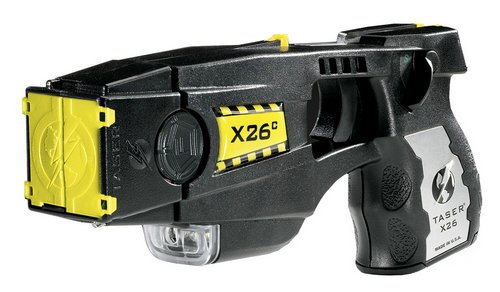
4. Bows and Arrows
Bows are weapons that are capable of firing arrows at a very long range. It has a string attached to the end of a flexed stick which is designed to hold the arrow. Then, it is manually pulled back by the user and then released. The potential energy provided by the bent stick is converted into the velocity of the arrow, giving it power and capability to travel certain distances.
There are many variations of bows like the recurve bow, reflex bow, self bow, longbow, composite bow, compound and the crossbow. Their functions are the same with only some add-ons to improve their durability, strength and their ease of use.
An arrow hit has a high chance to cause serious wound or even death. Bows can be very cumbersome to use though because of their low reload speed (except for the mechanical ones) and the traditional ones can be very heavy with strings that are too hard to pull.
Because of these many drawbacks, they are not a first choice when it comes to self-defense. However, they have been used for self-defense in situations where they were already nearby and the individual already had a lot of experience using it.
Here are some examples of bows and arrows:
5. Darts and Throwing Blades
Darts and throwing blades are manually thrown using the hand. Their power, speed and distance depend on the strength and skill of the thrower. Darts are missile-like tools that have pointed tips and balancers on the other end that gives it accuracy. Throwing blades are comprised of throwing knives, shurikens, kunais, boomerang and other similar tools.
Using these manually thrown objects require skill through to ensure their effectiveness. So, if you are planning on using these for self defense, make sure to practice with them first or ask someone to provide you basic training.
In addition, these are also great for melee if you are not that good in throwing them or if you no longer have enough room to hurl them. You can use these to stab, slice or smack a person who is already within your reach.
Also, you only have a limited number of throws. If you throw your weapon and miss, you may be out of a weapon and your attacker may have just gained another one.
Here are some examples of darts and throwing blades:
Factors to Consider when Choosing Self Defense Weapons
Now that you are familiar with the different types of commonly used weapons for self-defense, it is time to narrow down your search using certain factors. This part will discuss in brief the elements that you should use in your decision to ensure that the weapon that you will be buying will fit your requirements and that you will not be breaking any rules upon your purchase.
Here is a quick run on the important factors that you have to consider when choosing the ideal self-defense weapon for you:
A. Preference
When choosing a weapon, the first thing that you have to think about is whether you are really interested with it or it reflects your preferences. Consider your weapon as your partner since you will be depending on it anyway during life threatening situations. For instance, if you are into blades, get knives. But if you are a gun nut, get something with a decent firepower.
B. Training
Consider your skills too when choosing a weapon. If you have received weapons training through martial arts, then you are probably fit to wield the weapons that really require proper training like the katana, nunchucks, whip and others that require advanced skills.
C. Check the Specs of the Weapon
Make sure that you can also handle well the weapon that you will choose. Check the weight, the length, ease of use, reliability, accuracy, damage, effective range, the recoil (for guns) and other important factors that will affect you as its wielder.
D. Laws
Lastly, when buying a self defense weapons, you should check your gun and weapon laws by state and region. It is always your responsibility to make sure you are aware of the laws and regulations around you to ensure you are abiding by them at all times. Make sure that you apply for any necessary licenses as well that comes with the possession of weapons.

